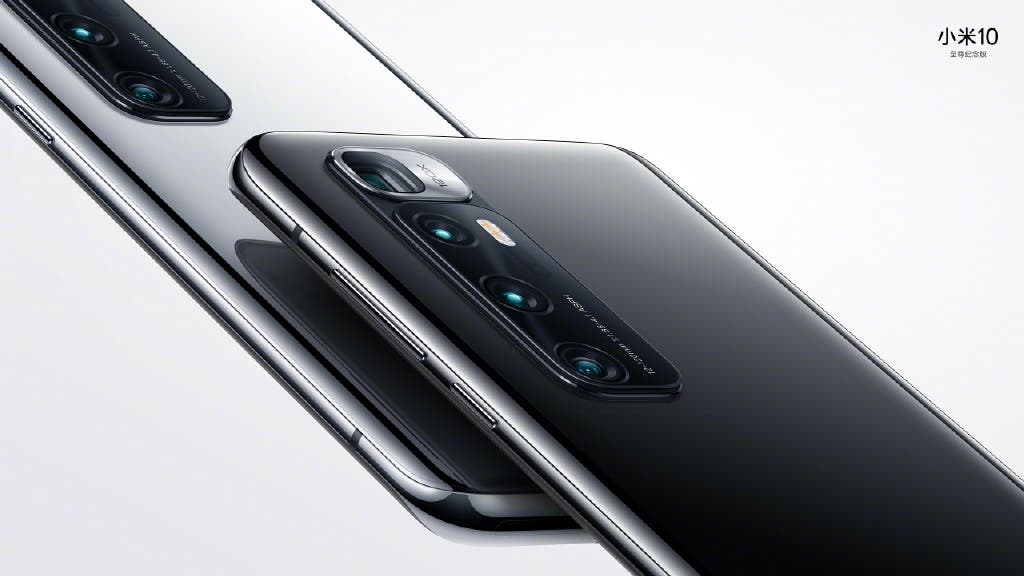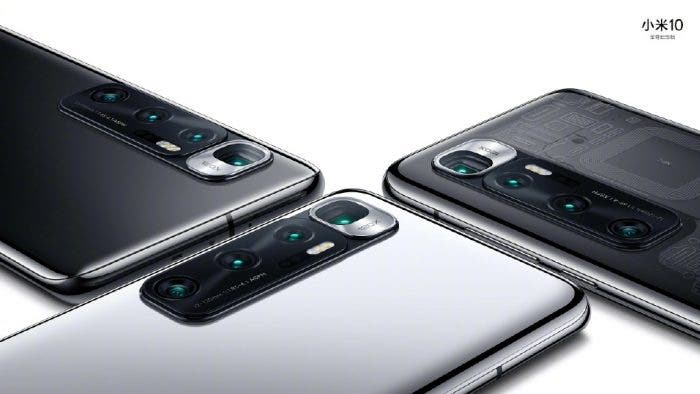Yesterday Xiaomi presented the Mi 10 Ultra, which, in addition to the flagship hardware, received a cool 120x zoom camera thanks to the 48MP telephoto. Contrary to expectations, the new device has lost the 108-megapixel Samsung sensor, instead of which it received a 48-megapixel sensor with 2.4-micron pixels in binning. But who is the producer of this sensor? The answer is received!
Xiaomi replaced Samsung with a 10bit screen from China Star (Samsung Display does not have a real 10bit screen), and replaced Samsung HMX with OV48C, with better quality.
Samsung will gradually be replaced by Chinese suppliers.— Ice universe (@UniverseIce) August 11, 2020
@UniverseIce shared information that Xiaomi has chosen the OmniVision OV48C presented earlier this year, which fully matches the description provided by the Chinese company. It was it who became the first with 1.2-micron pixels (against the 0.8-micron sensors from Samsung and Sony), and only then Samsung showed its 50-megapixel competitor.
Among all the 1/1.3” CIS, the HM1 used by Samsung is the worst performer. Only Samsung insists on using 108MP. Huawei vivo Xiaomi adopts 48MP/50MP large pixel sensor is the right direction. And Samsung will go further and further on the wrong road.
— Ice universe (@UniverseIce) August 12, 2020
The source also said that Xiaomi used a 10-bit display from China Star, which Samsung does not have. With this choice, the smartphone is now leading the rating of the best camera phones, according to DxOMark
Recall that this is a 120-Hz panel with a 240-Hz touch-sensor with Full HD+ resolution and a hole for the front camera. It has rounded edges and is protected by Gorilla Glass 5. For details on the characteristics of the new product, read our separate article. Whether the Mi 10 Ultra will arrive outside of China is still unclear.

Xiaomi Mi 10 Ultra specifications
- 6.67-inch (2340 × 1080 pixels) Full HD+ AMOLED 19.5:9 aspect ratio HDR10 + display with 120Hz refresh rate, 1120nit (HBM) / 800nit (Typ) brightness, 5000000:1 (Min) contrast ratio, DCI-P3 Wide Color Gamut, Corning Gorilla Glass 5 protection
- Octa Core (1 x 2.84GHz + 3 x 2.42GHz + 4 x 1.8GHz Hexa) Snapdragon 865 7nm Mobile Platform with Adreno 650 GPU
- 8GB LPPDDR5 RAM with 128GB. 256GB UFS 3.1 storage. 12GB LPPDDR5 RAM with 256GB storage. 16GB LPPDDR5 RAM with 512GB UFS 3.1 storage
- Dual SIM (nano + nano)
- MIUI 12 based on Android 10
- 48MP rear camera with 1/ 1.32″ OV48C sensor,1.2μm, f/1.85 aperture, OIS, 8P lens, LED flash. 48MP Sony IMX586 periscope telephoto lens with f/4.1 aperture for 10x optical zoom and 120x digital zoom, OIS. 20MP 128° ultra-wide angle lens with f/2.2 aperture. 12MP 1/2.6″ 2PD sensor with 1.4um for 2x zoom and portrait, 8k at 24fps, 4k 60fps, 960fps at 1080p
- 20MP front-facing camera
- In-display fingerprint sensor, Infrared sensor
- USB Type-C audio, Hi-Res audio, Stereo speakers
- Dimensions: 162.38×75.04×9.45mm; Weight: 221.8g
- 5G SA/NSA Dual 4G VoLTE, WiFi 6 802.11 ax (2.4GHz + 5GHz) 8 x / MU-MIMO. Bluetooth 5.1, GPS (L1 + L5), NFC, USB Type-C
- 4500mAh battery with 120W QC 5 / PD3.0 wired. 50W wireless fast charging, 10w wireless reverse charging
The Mi 10 Ultra comes in Obsidian Black, Mercury Silver and Transparent Edition, starts at 5299 yuan (US$ 762) for 8GB + 128GB, 5599 yuan (US$ 806) for 8GB + 256GB, 5999 yuan (US$ 863) for 12GB + 256GB and the top-end 16GB + 512GB version costs 6999 yuan (US$ 1007). It is available for order today and goes on sale in China from August 16th.
Follow Gizchina.com on Google News for news and updates in the technology sector.




